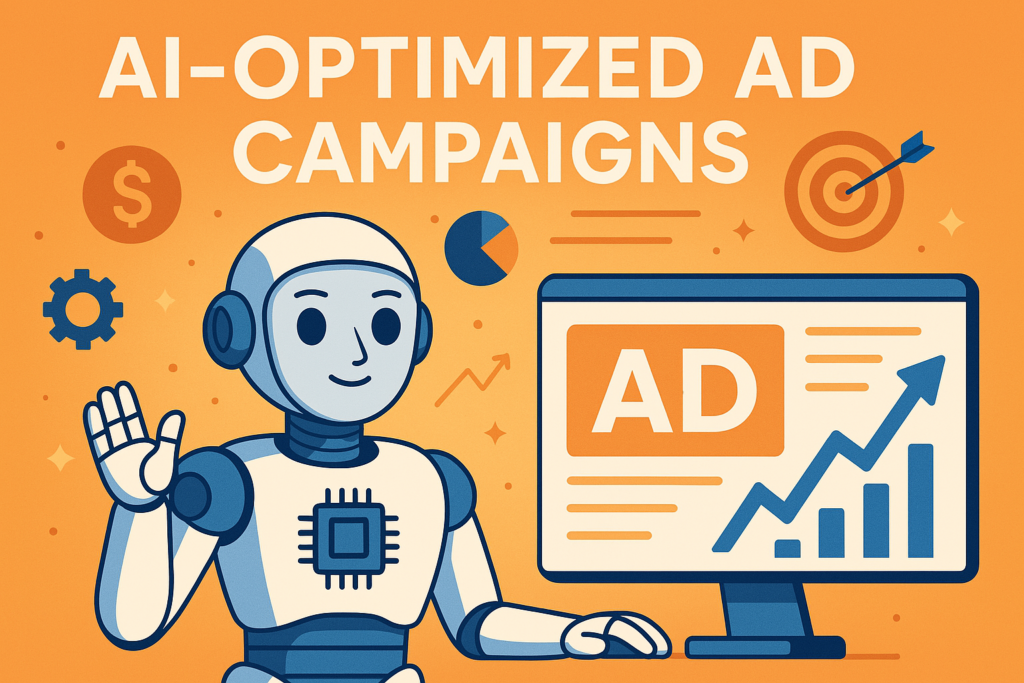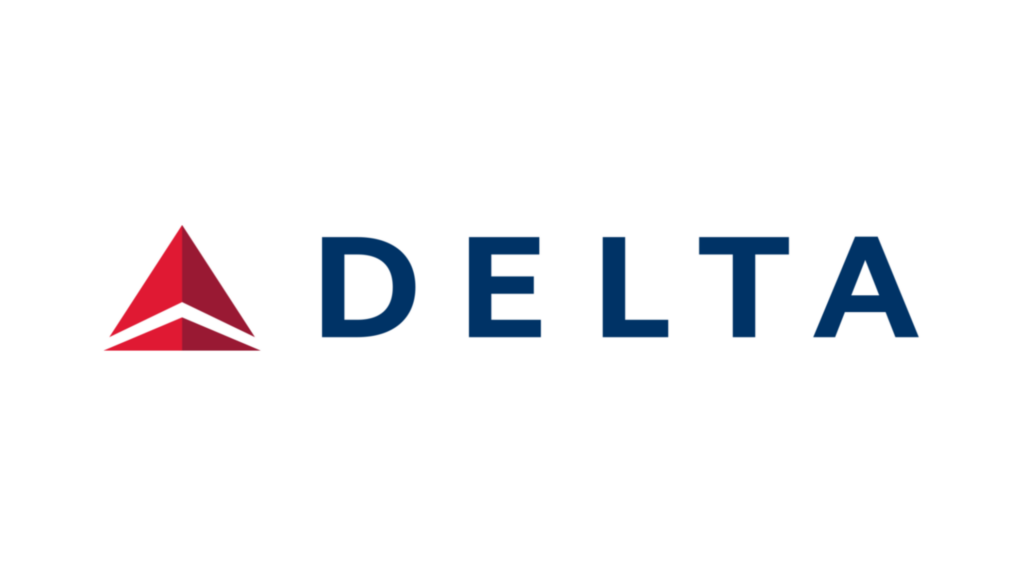If your ad campaigns aren’t generating leads or conversions, it’s not your budget—it’s your strategy. I’ve been in this game long enough to know that conventional tactics eat up budgets without delivering substantial ROI. At SuperMassive, we’ve seen firsthand how AI-Optimized Ad Campaigns, real-time bidding, and automated creative testing can 3X—sometimes even 5X—your returns. And we’re not talking about futuristic, pie-in-the-sky tech. This is real, accessible innovation that can supercharge any marketing budget and provide instant feedback.
Our philosophy at SuperMassive is built on one key principle: every marketing dollar should function as a high-yield investment, not just another expense. With AI, you can outrun your competitors by targeting the right audience at precisely the right time with the right creative. Results. No fluff. Just Growth. If that resonates with you, it’s time you joined the ranks of brands already exploiting machine learning to dominate their markets.
Your ad spend should be an investment, not an expense. Let’s optimize your campaigns now.
Understanding the Power of AI-Optimized Ad Campaigns
People often think AI is overkill—”Isn’t it just a buzzword?” Far from it. AI-based audience segmentation is a game-changer because it dives deeper than demographic basics. We’re talking about the ability to process historical user behavior, purchase intent, browsing patterns, contextual cues, and sometimes even real-time location data. According to our SuperMassive 2025 Wiki, machine learning algorithms can filter through millions of data points faster than you can say “return on ad spend” and create refined audience groups that your typical manual targeting would miss.
Why Traditional Segmentation Falls Short
Traditional segmentation relies heavily on guesswork—gender, age group, location, and maybe a hobby or two. That approach was fine a decade ago, but with the deluge of data now available, it’s akin to dousing a forest fire with a garden hose. AI segmentation, on the other hand, picks out micro-trends and correlations that mere humans wouldn’t spot, like a sudden spike in online fashion spending tied to certain weather changes, or how late-night browsing in your app correlates with higher purchase intent the next morning.
Real-World Impact
Take a consumer electronics brand we worked with at SuperMassive. They had the typical demographic-based ad sets—males 25 to 45, living in major cities. Fair enough, but they were missing all sorts of nuances. We plugged in an AI-driven audience analysis that segmented different “tech-savvy” audiences based on browsing behavior, brand affinity, and time-of-day interactions. The result? Over 40% more conversions and a 25% decrease in cost-per-acquisition. That’s the difference AI can make.
Real-Time Optimization & Bidding Strategies
When it comes to ad campaigns, “set it and forget it” is lying to yourself. Markets, consumer interests, and competition can change by the hour—sometimes by the minute. If you’re not optimizing in real time, you’re pouring money into wasted impressions.
The Power of Real-Time Bidding
AI algorithms monitor the performance of each ad impression and adjust bids in real time. That’s no exaggeration. If your target cost-per-thousand-impressions (CPM) or cost-per-click (CPC) is rising because of increased competition, the AI will tweak your bidding strategy instantly. You don’t have to wake up at 3 a.m. for an auction to make last-minute changes. AI does it automatically, upholding your target ROI even when the competition tries to outbid you.
Intelligent Budget Allocation
Beyond just bidding, real-time optimization means your entire budget is in a state of near-constant rebalancing. The system might push more spend to a high-converting audience segment while pulling the plug on an underperforming creative the second results start dropping. In the days before AI, marketers would run an underproducing ad for a full day or longer before they had enough data to pivot. Now, a single hour can be enough to reallocate thousands of dollars to better-performing placements.
For additional best practices on real-time bidding, check out the Google Ads resource center for a thorough breakdown of cutting-edge automation.
AI-Powered Creative Testing
Creative is king, but it’s worthless if you can’t test it quickly. AI-powered A/B testing handles that process in minutes rather than weeks. Gone are the days of “throw something at the wall and see what sticks.” With AI, you systematically test multiple variants—images, headlines, calls-to-action, color palettes—and then focus on scaling the best performer within hours.
How It Works
1. Variant Generation: You feed the system with several potential ad creatives.
2. Automated Testing: AI serves these variants to micro-audiences so you can measure immediate reactions.
3. Real-Time Feedback: Instead of waiting for a sizeable sample, algorithms can ascertain the direction in just a few hundred impressions.
4. Scale: The best performer is automatically scaled up, ensuring minimal wastage.
ROI-Driven Automation
One of the biggest hesitations marketers have is that creative testing is time-consuming. That’s exactly why you automate it. Our SuperMassive Services & Pricing Guide highlights how these AI-driven automations can reduce creative testing costs by up to 40%. More significantly, you might see an instant lift in conversions—some clients observe as much as a 20% improvement just by swapping out subpar creatives for top performers.
Integrating AI into Your Existing Workflow
AI can seem daunting, sure. But let me be blunt: if you’re not thinking about automating your campaigns right now, you’re choosing to stay behind. From my experience at SuperMassive, the success of AI integration boils down to establishing a process that aligns your people, data, and budget.
Step-by-Step Implementation
1. Data Audit: Gather your customer data and ad performance metrics from the past 12 months. The more robust your historical data, the stronger your AI segmentation.
2. Platform Integration: Whether you’re using Google Ads, Facebook Ads, or a more specialized platform, ensure it has open APIs or built-in AI features that can handle real-time data streams.
3. Pilot Test: Start small. Allocate a specific budget for an AI-driven test campaign.
4. Scale: Once the pilot demonstrates success, move it into your core marketing strategy.
5. Continuous Tuning: AI improves over time, but it needs consistent feedback. Continue feeding new data for even sharper targeting.
Timelines & Resources
No sweeping transformation happens overnight, but you’d be shocked how quickly well-set AI can produce results. We typically see initial improvements in about two to three weeks, with a full transformation realized within a quarter. In some cases, clients see triple their ROI in that time frame—hence the title of this blog.
In the SuperMassive 2025 Wiki, we found that companies that adopt AI for marketing quickly see a 15–25% jump in campaign efficiency. This underscores that once you set the groundwork, your investment pays for itself in short order.
Conclusion
Most advertisers assume bigger budgets magically solve performance issues. They don’t. Throwing money at a broken machine only speeds up the meltdown. AI ensures every facet of your ad campaign—audience segmentation, real-time bidding, creative testing—is operating at its full potential. From my vantage point at SuperMassive, I can confidently say this is the future of marketing. And that future is now.
So, if you’re ready to elevate your ad game, cut waste, and triple your ROI, it’s time to embrace AI. Bring clarity, precision, and speed to your workflows, and watch your competition scramble in your wake.
Stop wasting time and start driving results—talk to SuperMassive about AI-driven marketing today.
Frequently Asked Questions
How does AI-driven audience segmentation improve ROI?
By analyzing historical data and user behavior, AI breaks down your audience into micro-segments that promise higher conversion potential. This pinpoints exactly who to target, reducing wasted ad spend while boosting conversions. Results speak for themselves.
What is the biggest advantage of real-time AI optimization?
Real-time optimization means the system can tweak bids or creative assets onscreen as soon as performance shifts, ensuring yourads never go stale. It’s like having an elite marketing team on 24/7 standby, minus the extra payroll.
Is AI-powered creative testing practical for small businesses?
Absolutely. Even small businesses benefit from automatic A/B testing, which can significantly hasten time to market. Immediate feedback loops mean you spend less time guessing and more time scaling what works.



